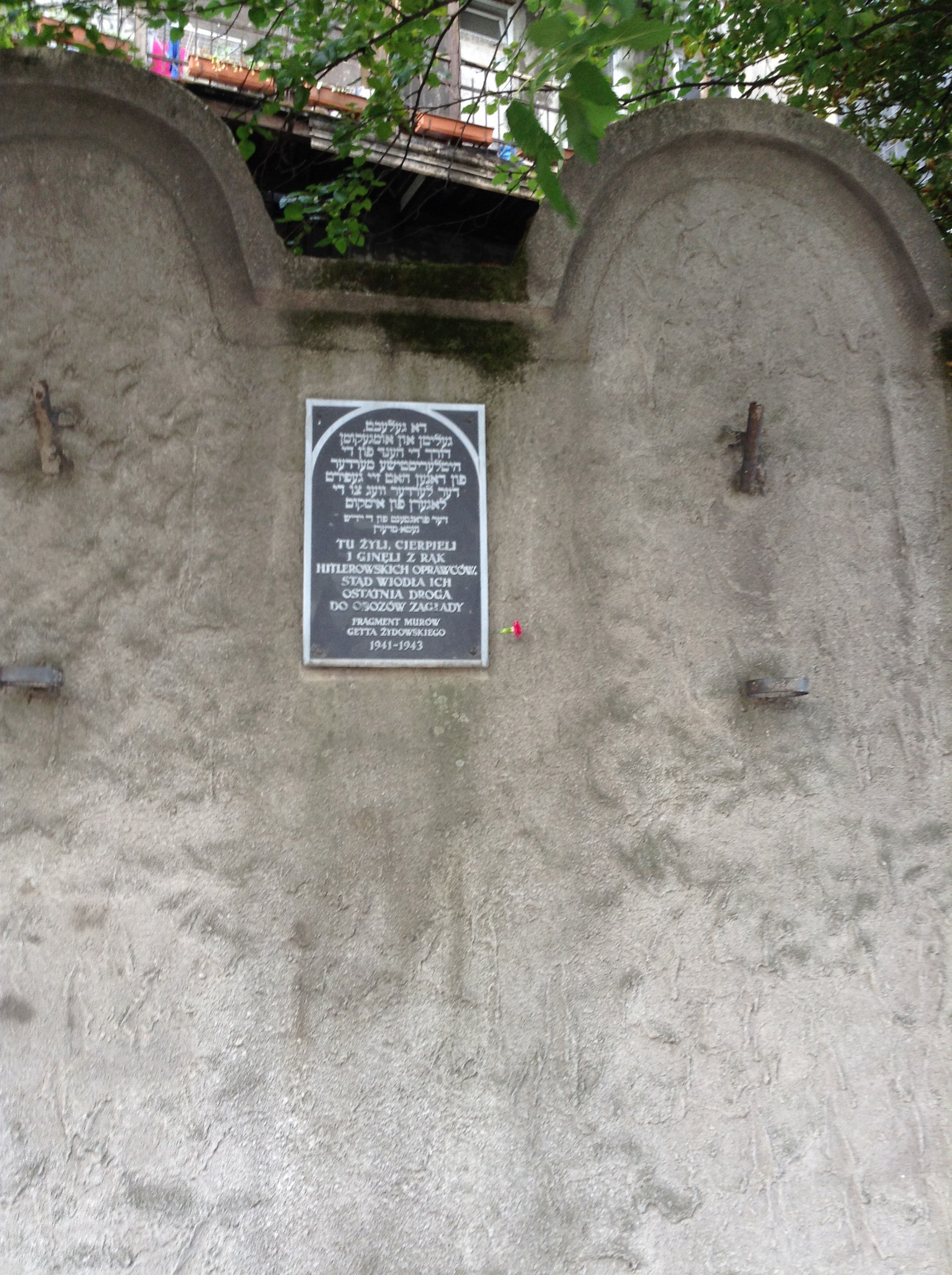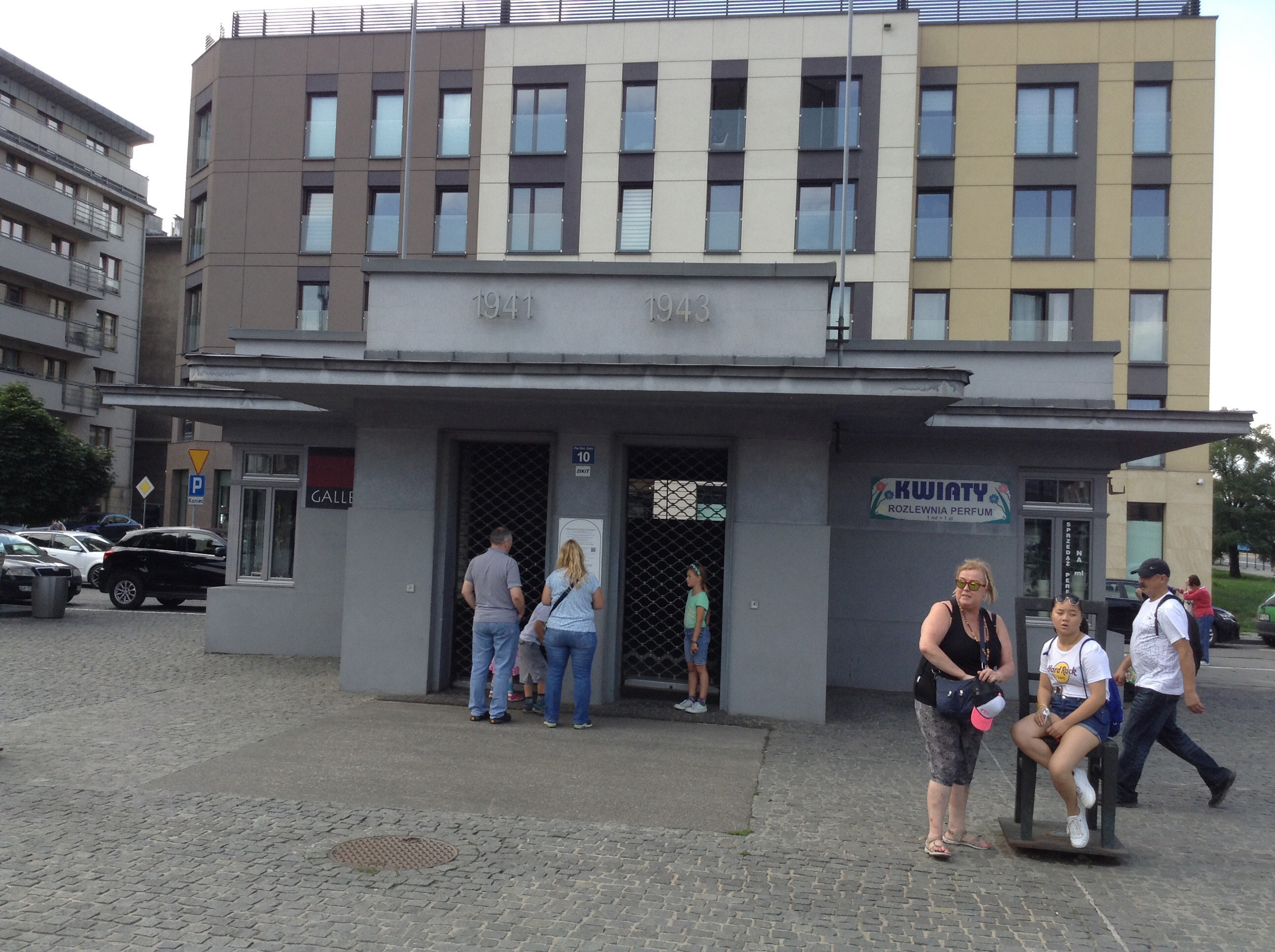Krackow Memorials to the Holocaust
There are three images on this web page
Krackow is located in southern Poland. The Auschwitz-Birkenau Concentration camp is located about
an hour's drive outside of the city. Krackow is a beautiful Medieval city that fortunately was not destroyed
during the Second World War.
Before the War, Krackow was home to over 65,000 Jewish people. In March 1941, the Jewish Ghetto
was formed on order of the Nazi government in Poland. The ghetto was formed across the river from the main
city and it was enclosed by a cement wall.
Inside the ghetto, was Oskar Schindler's factory, where he protected over 6,000 Jewish people from
imminent death.
The Ghetto was liquidated once in 1942 and again in 1943. Most Jewish people were sent to their death in
the nearby extermination and concentration camps.
In an attempt to save their children, many Jewish families put their children inside their suitcases. Once the
guards learned of this, they would regularly stab the suitcases with the bayonet on their guns.
As those who were hunted found more engenius methods of hiding from the guards, the SS simply burned
down many of the buildings in the Ghetto.
Ghetto is an Italian word that describes a walled-off area where Jewish people lived. It only obtained
a negative connotation in the 20th century.
It must be noted that Jewish people continued to be victimized after the War.
As of 2018, there were only about 180 registered Jewish people in the town of Krackow.
Many Jewish people make the trip to Krackow every year to visit the nearby concentration camps. Krackow is
considered the centre of the Nazi killings during the War.
The Jewish Ghetto in Krackow became world famous after Steven Spielberg's movie "Schindler's List"
was filmed in the city
A very famous Memorial located in the once Jewish Ghetto in Krackow. There are 65 empty chairs
representing the 65,000 Jewish people who were murdered here. The Memorial is located directly in front of
the Gestapo headquarters in the Ghetto
Remanents of the original wall that enclosed the people within the Ghetto. The top of the walls are round
because Jewish tomb stones are round at the top. The engraving on the wall is written in Hebrew and Polish. Just a
few meters behind this wall, is a spot where a small
memorial commemerates the hundreds of children shot by the SS because they would not board the trains taking
them to the camps.
This building was used as the Gestapo headquarters just inside the Ghetto.



